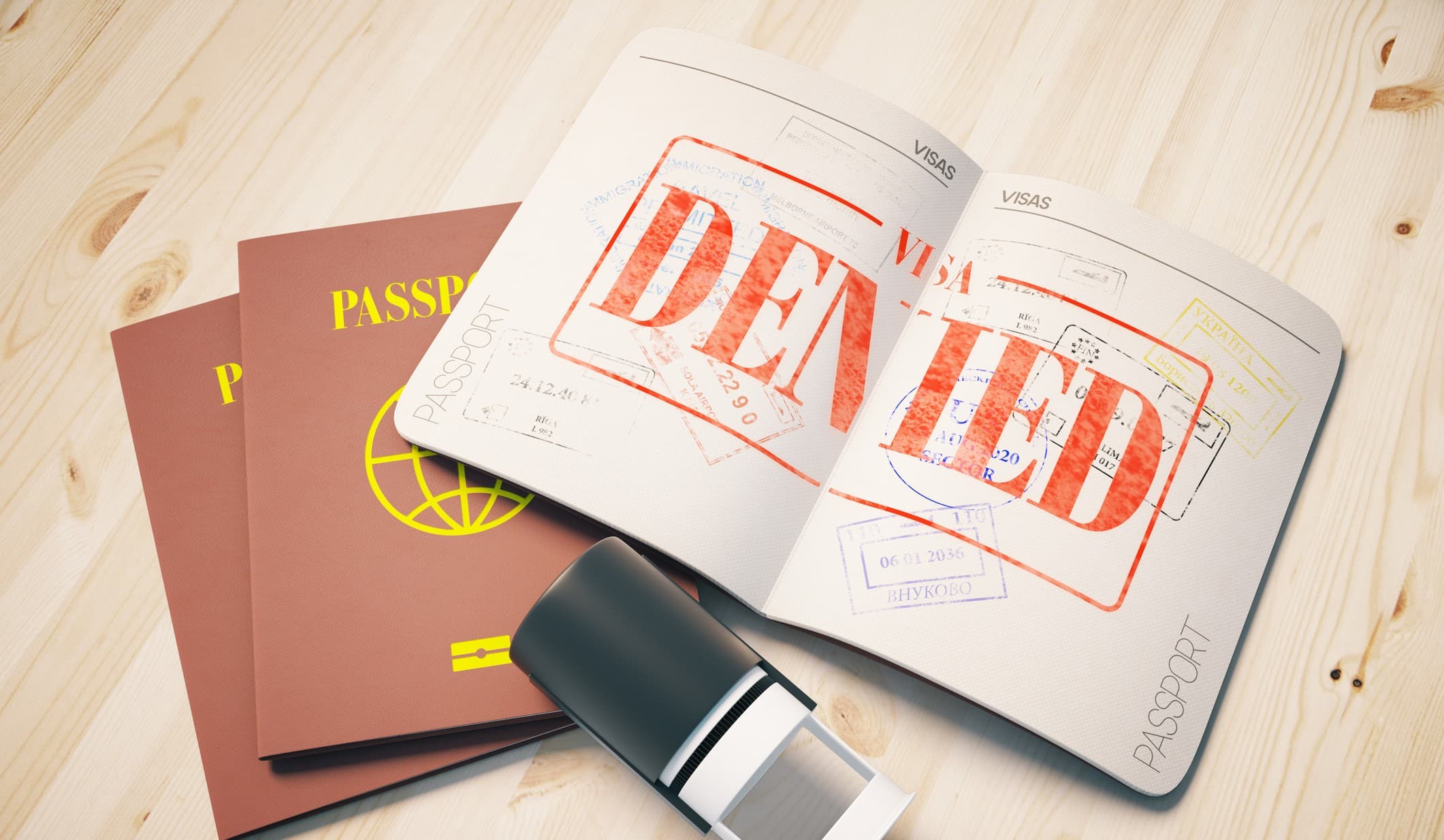When a product hurts someone, it’s more than just a bad experience. It can lead to serious injury, financial strain, and emotional stress. If you’re thinking about pursuing a product liability case, one of the biggest questions on your mind is probably this: What do I need to prove?
Getting a product liability case off the ground requires more than just showing you were hurt. You have to back it up with solid evidence that the product was defective, that you used it properly, and that the defect directly caused your injury.
What Does Product Liability Mean?
Product liability law is all about holding companies accountable when the things they sell cause harm. For example, a faulty brake system, a defective power tool, or a mislabeled food product can all cause harm to consumers. To win your case, you need to show that the product had a defect, which was the reason you got hurt.
Determining Product Liability
There are some elements your case will need to prove to help demonstrate liability. For example, was the product actually defective? Was the defect present when it left the manufacturer’s control? Did the defect directly cause your injury, and were you reasonably using the product, either as intended or in a way the manufacturer should have anticipated?
Types of Defects and the Evidence Required
Whatever the product may be, the law typically looks at three main kinds of defects. One is a design defect, which means the product was flawed from the start. Another is a manufacturing defect, which happens during the process of making the item. The third is called a marketing defect, where the product might not have come with enough warnings or clear instructions.
Design Defects
A design defect means the product was dangerous right from the blueprint stage. Even before it was built, something about the design made it unreasonably unsafe. To prove this, you usually need expert witnesses. These are professionals who can explain how the product works and why it was designed poorly. They might compare the product to others like it and explain how small changes in the design could have made it safer.
Manufacturing Defects
Sometimes, the design is perfectly safe, but something went wrong while the product was being made. Maybe a batch of parts came out of the factory with cracks, missing pieces, or weak welds. In this kind of case, the actual product that hurt you is incredibly important. If you still have it, that can make all the difference.
Photos, serial numbers, and packaging materials can all help link the defective product back to a specific production run. Internal manufacturing records or quality control logs might show that procedures weren’t followed.
Marketing Defects and Failure to Warn
Even if a product is designed and manufactured perfectly, it can still be dangerous if the company doesn’t tell you how to use it safely. These cases often involve poor instructions or a lack of proper warning labels. Maybe a chemical cleaner didn’t explain the risks of mixing it with other products, or a medication failed to mention a serious side effect.
In this situation, evidence might include packaging, user manuals, advertisements, and labels. If the manufacturer had information about possible risks and didn’t share it with the public, internal memos or safety assessments could help prove they failed in their duty to warn you.
Showing the Link Between the Product and the Injury
Having a defective product isn’t enough. You need to prove that it actually caused the injury, which is called proving causation, and is a vital part of any liability claim. Medical records often play a key role here, as they can document the type and severity of your injury and show when it occurred, which helps establish a timeline and shows how the injury lines up with your use of the product.
The Importance of Expert Testimony
Experts often become the backbone of a product liability case. They can break down complicated concepts and make them easier for a jury to understand. An engineer might demonstrate how a safety mechanism failed. A chemist could explain why a cleaning product reacted badly. A physician could describe the physical effects of an injury and how the product caused it.
Documenting the Entire Story
Beyond the product and the experts, you’ll need to build a clear picture of everything that happened. Receipts, emails, shipping confirmations, and warranty cards can show when you bought the product and help prove you were the one using it. Communication with the manufacturer or seller before or after the injury can also come in handy.
Organizing Your Evidence into a Clear Timeline
One of the best ways to make your case strong is to put all the pieces together into a timeline. When did you buy the product? When did you first use it? When did the injury happen? What happened afterward? The clearer you can make your story, the easier it is for a jury to understand and believe it.
Seek Legal Guidance
Feeling overwhelmed about what to do next? That’s understandable, as product liability laws aren’t something most people are familiar with. There are deadlines, specific legal standards, and different types of claims that might apply depending on how the product was defective, and an experienced attorney knows how to navigate this landscape and can help you understand what applies to your case.
If a product has hurt you, take action right away. Schedule a free 15-minute consultation with our team by calling 877-564-0605 today.



